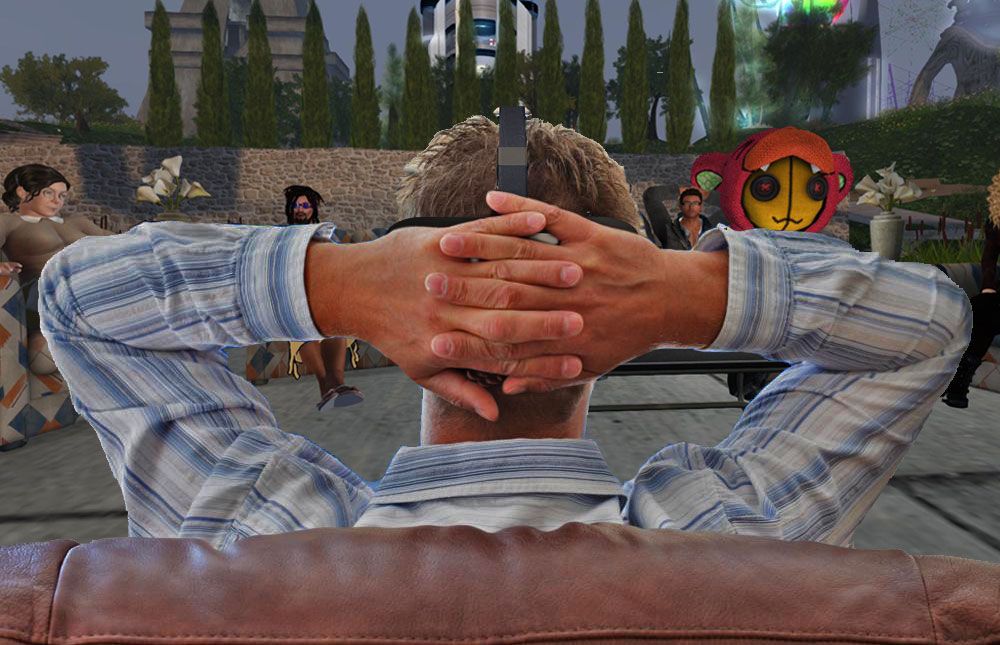Ever since Facebook purchased Oculus in 2014, Mark Zuckerberg has been speaking to promise of virtual reality as the next communications platform. Yesterday at the Mobile World Congress in Barcelona he punctuated those thoughts with a big announcement – the creation of an internal team dedicated to Social VR.
Led by Daniel James and Mike Booth, the team will work closely with Oculus as well as other divisions within Facebook to explore and build the future of social interaction in VR, the company says.
Facebook describes their work in VR as “still early” but Oculus has been working to lay the groundwork themselves with experiences like Toybox and an upcoming social SDK that will allow developers to easily implement key multiplayer and networking features into their experiences. In fact, Oculus’ dedication to Social VR is “the reason why [they’re] part of Facebook,” Oculus founder Palmer Luckey told us earlier this year.
Still the idea of a metaverse – a giant interconnected world like the ones in Snow Crash or Ready Player One – is something far off.
“It’s not happening in the immediate future,” Luckey said, “we’d much rather work and get this right over a longer period of time than rush into it at the start and be constrained by the design decisions that we make.” He says that it will take VR reaching a “critical mass” for there to be enough data to know how best to design how the future of social interaction will look.
While it may take a while for VR to reach that critical mass Samsung’s announcement that they plan to bundle a GearVR with every Galaxy S7 or S7 Edge preorder could potentially accelerate the process. Last year Samsung reportedly received over 20 million preorders for the Galaxy S6 and S6 Edge and while Samsung says the GearVR giveaway is “while supplies last” if they give away even a tenth of that it would significantly accelerate the growth of VR’s user base, which in turn could accelerate the growth and need for social VR.
